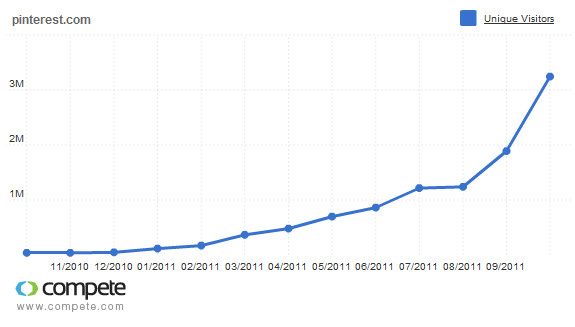3 Steps to Mastering Good Blogger Outreach
Awareness is the first step of any customer outreach program. It has to be, and that's why small business owners are always on the hunt for media coverage. You want to get your name out there to let people know who you are, what you do, and why they should give your company a shot. And when we're talking about getting press as an SMB, it's important to remember that we're not just talking about your local newspapers, local television stations or even the local sections of larger news outlets. We're also talking about bloggers – the voices who cover your industry and/or neighborhood online on a regular basis.
If you're not sure why blogger outreach should be part of your marketing strategy, the recent State of the Blogosphere 2011 report released by Technorati (and blogged about by eMarketer) does a good job laying it all out for you.
- 38 percent of all bloggers post about brands they love or hate.
- 34 percent of bloggers write product or service reviews.
- More than 45 percent of bloggers write about the brands that they follow in social media.
If people are talking about you, people with established audiences, isn't that a conversation you at least want to be in on, if not help lead? Many of these numbers are also up dramatically from just last year. For example, last year's Technorati "State of the Blogosphere" reported that 29 percent of bloggers were influenced by other blogs they read. In 2011, that number has risen to 68 percent. As consumers adopt social buying behaviors, researching online and buying off, more and more they're looking toward online reviews to help them make buying decisions and decide where they want to spend their money. And those online reviews are happening not only on sites like Yelp or TripAdvisor, but also on niche blogs.
As a small business owner, what should you be doing to up your blogger outreach efforts? Below are three steps to get you started.
Step 1: Research Your Contacts
Before you can begin any type of blogger outreach campaign, you have to know who you want to reach out to. Create a press or media list to help you group and organize your contacts. Your press list should include bloggers who have covered your business in the past, have covered competitors, or cover local happenings or news in your particular industry. To help you track down these people, you can use tools like Twellow or Twitter's Advanced search to find bloggers located in your area, Tweepz to search Twitter bios for relevant keywords, Twitter directories like WeFollow, and your social analytics to identify which fans of your brand are tweeting or talking about you naturally. Your press list should be built out to include the blogger's name, the blog URL, their social handles, an email address, the angle they typically cover, etc.
Step 2: Get on Their Radar
Once you have a blogger in your sights, it's time to start a relationship. Just like at a cocktail party, you never want someone's first contact with your brand to be you asking them for a favor or a handout. Make it about them as you lay the groundwork for a relationship. Get on their radar by starting a conversation on Twitter, helping them promote something they just published, sending them an email to say you're enjoying their content (without pitching yours!) or connecting with them on Facebook. Just do something to get that conversation flowing and help them remember your name. That name recognition is what you're going for to help you go from "stranger" to "friend."
Step 3: Master the "Unpitch"
No one likes to be marketed to, but we all like finding out about great new products or services. As bloggers, we also like being the first to share that information with our audience. When you do reach out to your blogger contacts about covering your company, reviewing your product, or just sharing what you do with their audience, help it sound less like a pitch by highly customizing it to the person you're talking to. An email telling someone about a new product isn't marketing when it's something that is very relevant to them or their audience. Then it becomes a useful heads-up and something we can use. Master the "unpitch" by matching your message directly to the needs of the person you're contacting and showing the benefits of your product instead of trying to sell them. It's OK to ask for a product review or ask to be included in an upcoming post, but make sure you tell them what's in it for them and their audience , not for you.
As social buying patterns continue to grow in influence, consumers will continue to seek out information about others' interactions with brands. And when they do, it's blogs that they'll stumble upon. What are you doing to better connect your brand with the writers providing that information and the people looking for it?
From Small Business Trends
3 Steps to Mastering Good Blogger Outreach
























